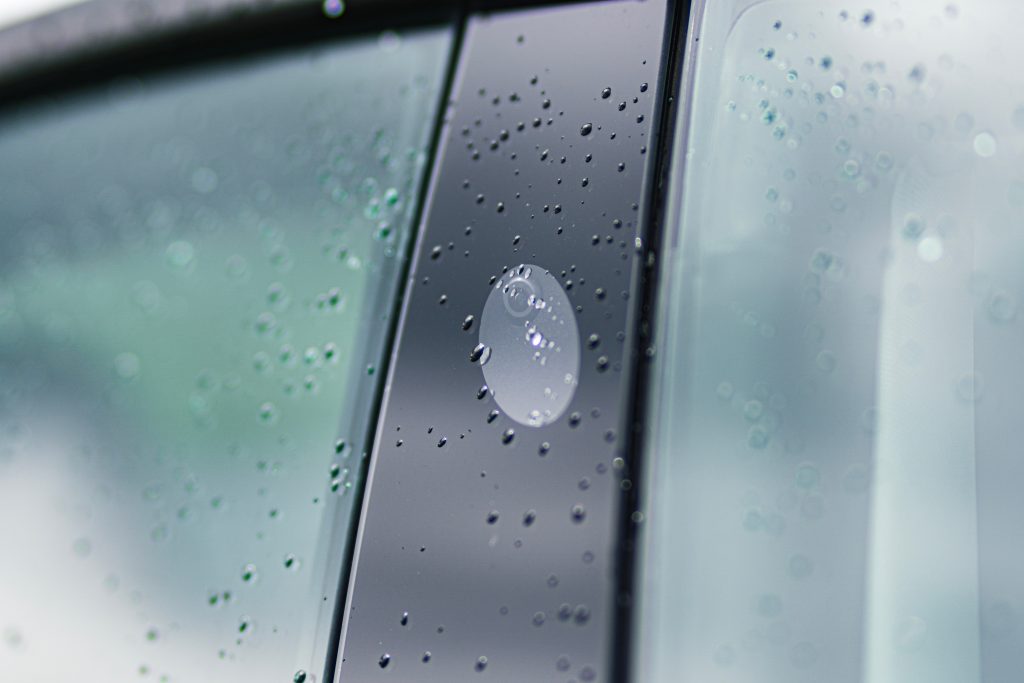By: Otaiba Ahsan

Electric vehicles (EVs) are now being manufactured by all major players in the motor space. This competition is great for Tesla, as it continuously drives innovation which benefits the consumer. However, one thing Tesla has consistently held its lead in is their software. Part of the reason their software works so well is the cameras on their cars, both inside and out. What exactly do the cameras do in a Tesla though? Continue reading to discover their vital role in your daily driving experience and safety.
Cameras for Tesla Autopilot
When purchasing a Tesla, you can essentially choose from three levels of software, that all come at different prices:
1. Basic Autopilot: This is included with all Tesla’s at no added cost. It provides you with the experience of adaptive cruise control, along with lane keeping and autosteer while driving on highways. This means that your Tesla will accelerate and brake for you while also keeping you in your lane.
2. Enhanced Autopilot: Adding this level of software costs an additional $7,800. It comes with the Basic Autopilot features, as well as a few extra perks. This includes navigate on autopilot, which takes your car on and off the highway by itself, and auto lane change. It also has auto-park which can park for you in certain situations, and summon, which is a capability that calls the car to you from its parked location.
3. Full Self-Driving Capability (FSD): FSD costs a whopping $19,500 to add when purchasing your Tesla. It includes everything mentioned in the Basic and Enhanced Autopilot, but also provides the opportunity to join the FSD beta. This allows you to experience a glimpse of the full autonomy that Tesla strives for, so you’ll be able to test city and street driving in your neighbourhood using FSD. The best part, when it’s (hopefully) perfected one day, you’ll have full access to all its capabilities. To gain access to FSD beta you’ll have to maintain a certain safety score which looks at several factors to gauge your driving safety.
The three levels of software would not be able to work as well as they do if it wasn’t for Tesla’s impressive cameras. Up until 2021 all Tesla’s were equipped with ultrasonic sensors that were used for all its autopilot and self-driving features. However, they’ve now begun the transition to Tesla Vision, which aims to completely replace their radar sensors with cameras only. Today, in most regions all of Tesla’s cars that are being delivered rely solely on their camera-based autopilot system.
When driving your Tesla and using any of the three autopilot options, you’ll see on-screen a visualization of the cars around you and the lane you’re in. It even details smaller things like construction cones or whether it’s a truck or sedan next to you. Tesla has cameras around the entire car, which helps provide a 360-degree view of its surroundings. They help provide a clear view of the road ahead, allowing the car to detect other vehicles, pedestrians, and obstacles. The Autopilot system can also read road signs and adjust the car’s speed accordingly. Tesla provides a useful visual which illustrates exactly where each camera is.
Additionally, the cabin camera inside constantly monitors the driver’s attentiveness while any of the autopilot features are being used. This is accomplished by following their eyes to see if they’re viewing the road, and whether the driver is holding the steering wheel or not. This is designed for safety, as you should still be paying attention to the road and be ready to take over at any time even when using autopilot. If the car thinks you’re inattentive, it’ll nudge you to pull the steering wheel slightly. Moreover, if it concludes that you’re consistently not paying attention while using autopilot, it’ll lock you out of autopilot for the remainder of that ride. This will also hurt your safety score if you’re trying to get into the FSD beta.
The impressive software, in combination with the numerous cameras inside and out help provide the best autopilot experience of any car. They also help make Tesla’s full lineup some of the safest cars to drive, as they consistently rank at the top.
Sentry Mode and Other Safety Features
The cameras on a Tesla also assist in some other useful features outside of autopilot. This includes…
Sentry Mode: Tesla’s cameras help play a role in the car’s security system, Sentry Mode. When activated, Sentry Mode uses the cameras to monitor the car’s surroundings and record any suspicious activity. If another car or individual triggers the alarm on your Tesla, Sentry Mode will record everything, and you’ll receive an alert on your phone from the app. The footage captured by the cameras can be used as evidence in the event of a break-in or if someone hits your parked car. Sentry Mode provides an added layer of security for Tesla owners, giving them peace of mind when leaving their car unattended.
NOTE: If you want a live view of Sentry Mode, this can only be done if you’re subscribed to Tesla Premium Connectivity. This costs $13.99 per month plus applicable tax. I personally think it’s more than worth it to pay for this subscription, as it gives you access to video streaming, music streaming, live camera view for Sentry Mode, and more.
Dashcam: Another underrated benefit of Tesla’s cameras is the ability to use them as a dashcam. When enabled, the front-facing camera records footage of the road ahead, which can be useful in the event of an accident or any other incident. This footage can be saved and downloaded to a USB drive for later use.
The Bottom Line
What do the cameras do in a Tesla? In short, the fantastic autopilot and superior safety features wouldn’t be possible if it wasn’t for the cameras. Additionally, features like Sentry Mode and the dashcam are made available thanks to the cameras in your Tesla. These perks are often overlooked but are extremely useful in the event you need them.
